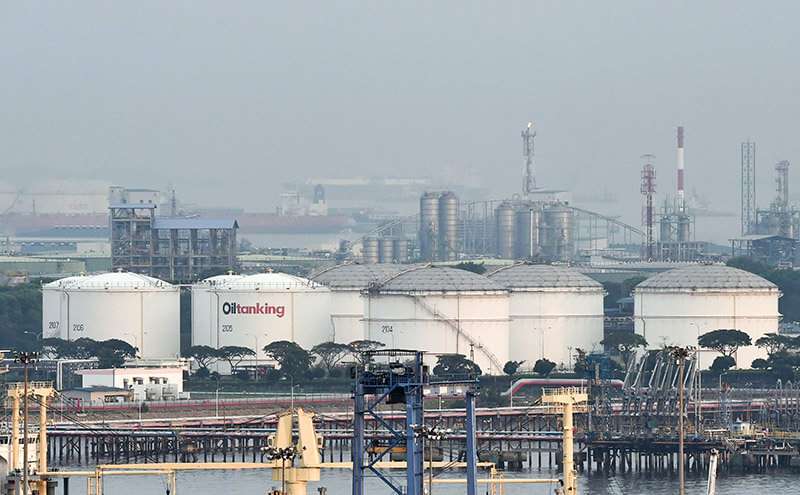Global oil demand to return to pre-crisis levels by the end of 2022

Global oil demand is recovering at a strong pace this June and this trend should continue in the coming quarters, according to the International Energy Agency (IEA), which estimates that it will reach pre-crisis levels by the end of 2022.
In its monthly report on the oil market published on Friday, the IEA insists once again, as it did in May, that OPEC must open its taps more so that the world is properly supplied.
Its main argument is that, unless there are changes in energy policies, by the end of next year the world will absorb 100.6 million barrels per day compared to 82.9 million in the second quarter of 2020, at the height of the crisis.

In 2021, demand will increase by 5.4 million barrels per day to an average of 96.4 million barrels per day, a marginal downward revision of 50,000 barrels from last month's estimate.
Next year, the increase will be less strong but also very significant, at 3.1 million barrels.
The evolution will be very uneven by fuel type. For example, while ethanol and LPG consumption will be 5% higher in 2022 than before the effects of COVID were felt, the situation will be very different for aviation fuels: 16% lower.
The aviation sector is one of the sectors that is suffering the most from the crisis due to travel restrictions and border closures.
In the shorter term, the agency believes that this June the increase in global demand for crude oil will be 2.5 million barrels per day compared to May (one of the largest monthly increases in the last year) and 7.4 million compared to the situation twelve months ago.

The advance of the vaccination campaigns in Europe and North America (regions that together absorb 40 % of oil) largely explain these increases, which are set to continue in the coming months: an additional 1.2 million barrels per day in July and a further 1 million in August.
The authors of the report insist that there is no concern that producing countries can respond to these trends because their surplus margins are ample. But they stress that OPEC and its partners at their July meeting would have to consider altering the volumes they bring to market under their agreement.
In April, industrial stocks in the OECD remained relatively stable in absolute terms at 2.926 billion barrels, although for the first time in more than a year they were below what had been the average in the period 2015-2019, before the outbreak of the VOCID crisis.









